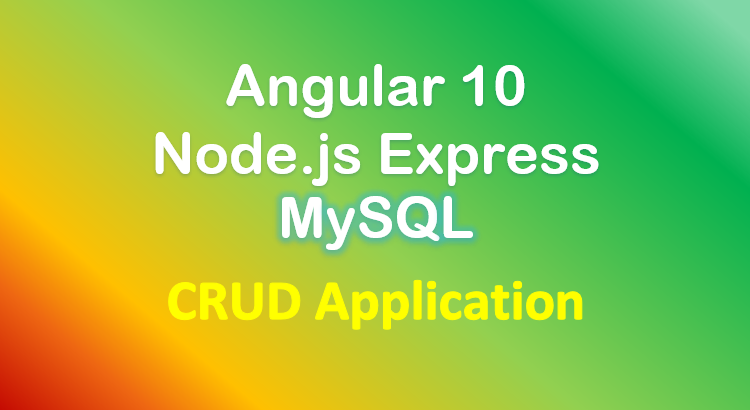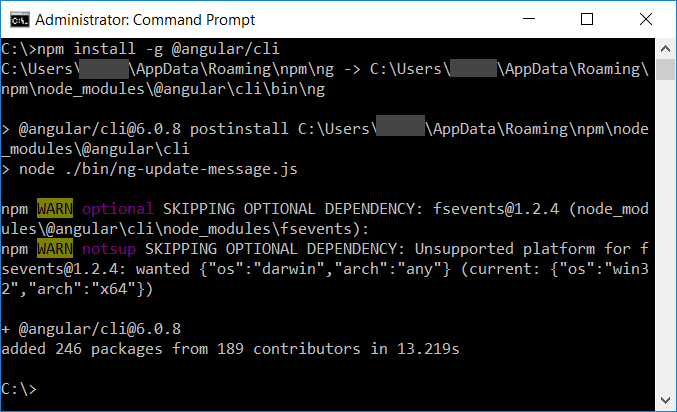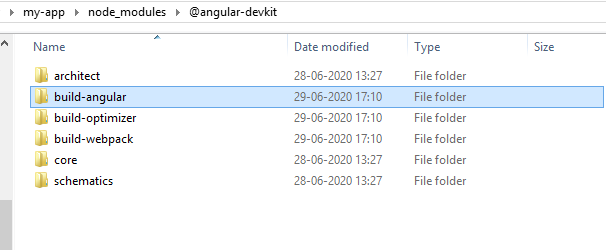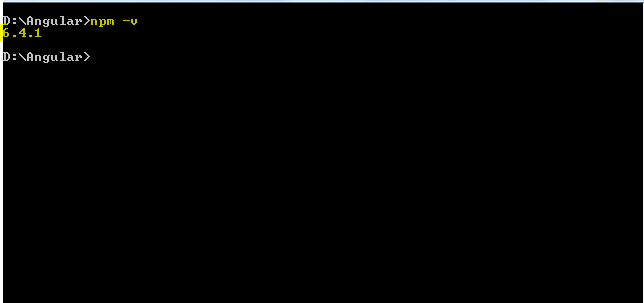

If you are looking to install Angular in the specific context of an enterprise network, have a look at this post for some tips on how to do that. Setup an IDE, we are going to be using Webstorm.

Scaffold our first Hello World Angular application.Learn and install the Yarn Package Manager.We are going to setup up a development environment that is easily upgradeable and causes minimum problems over time due to things like semantic versioning. This might be one of the largest obstacles for someone just arriving at the Angular Ecosystem, maybe even more so than the reactive concepts – getting that environment setup right from the start is crucial. Let's make sure that we have the best development experience possible and don’t run into constant development environment problems. Less-common operating systemsįor more information on installing Node.js on a variety of operating systems, see this page.This post is a guide for setting up a solid development environment, for having the best Angular learning and working experience. Or see this page to install npm for Linux in the way many Linux developers prefer. One of the installers on the Node.js download page.If you're using Linux or another operating system, use one of the following installers: Linux or other operating systems Node installers Other versions have not yet been tested with npm. Be sure to install the version labeled LTS.


If you're using OS X or Windows, use one of the installers from the Node.js download page. If you use Linux, we recommend that you use a NodeSource installer. If you are unable to use a Node version manager, you can use a Node installer to install both Node.js and npm on your system. Using a Node installer to install Node.js and npm Node version managers allow you to install and switch between multiple versions of Node.js and npm on your system so you can test your applications on multiple versions of npm to ensure they work for users on different versions. Npm -v Using a Node version manager to install Node.js and npm


 0 kommentar(er)
0 kommentar(er)
